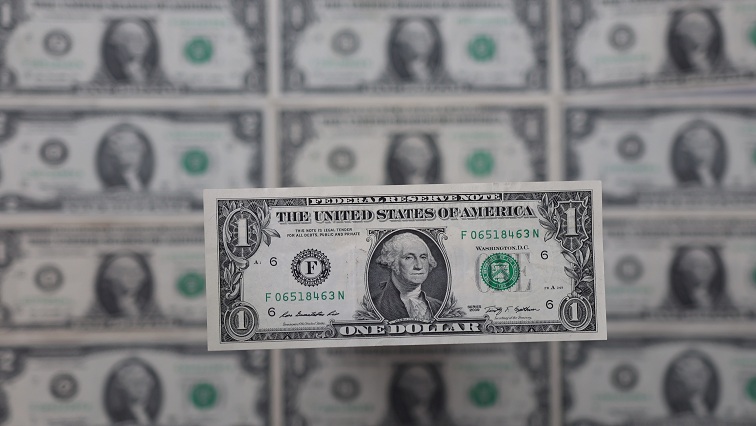The dollar edged lower on Thursday against the euro, with investors cautious as they weighed the outlook for US Federal Reserve policy against the chances that higher interest rates could lead to a recession.
The Fed, the European Central Bank and the Bank of England are all set to announce interest rate decisions next week as policy-makers continue to tap the brakes on economic growth through higher rates to thwart stubbornly high inflation.
Traders and investors will be on the watch for any signs that the Fed is getting ready to pause its hikes.
The euro was last up 0.5% at $1.0555 against the dollar, while sterling was up 0.2% against the dollar.
The dollar was about flat against the Japanese yen.
The US dollar index, which measures the greenback against a basket of currencies, was last down 0.3%.
Investors also are anticipating Friday’s US producer price data for November, while US monthly consumer inflation data is due next week, one day before the Fed’s policy meeting on December 14.
Inflation data could be pivotal in setting longer-term expectations for monetary policy.
Those economic reports “remain very much the focus for now. And beyond that, it’s all about what the Fed says and does at the next meeting,” said Bipan Rai, North American head of FX strategy at CIBC Capital Markets in Toronto.
The US dollar index remains up about 9.5% for the year so far, but is down more than 6% for the fourth quarter, putting it on track for its biggest percentage quarterly decline since the third quarter of 2010, when it dropped 8.5%, according to Refinitiv data.
“With inflation risks subsiding and the Fed’s path becoming more predictable just as energy prices fall, geopolitical tensions ebb, and China begins its reopening process, investors are moving money out of the United States toward undervalued markets elsewhere,” said Karl Schamotta, chief market strategist, at Corpay in Toronto.
“All of this could come to a sudden stop next week if inflation surprises to the upside and the Fed sounds more hawkish than expected, but for now, the music is playing and investors have to get out of their chairs.”
Most traders expect the Fed to raise rates by half a point next week.
Oil prices have fallen below $80 a barrel for the first time since Russia invaded Ukraine in late February, as concern has mounted about how much a slowing economy will impact global energy demand.
With energy prices having receded, market-based expectations for inflation have relaxed as well.
The 10-year break even inflation spread, which subtracts the yield on an inflation-linked Treasury from that on a nominal 10-year note, is at just 2.27%, having peaked above 3% in April.
These two forces, together with diminishing expectations for the Fed to keep raising interest rates at the same aggressive pace, have contributed to the dollar’s weakness this quarter.


